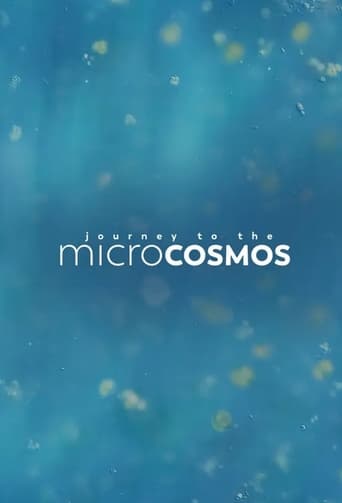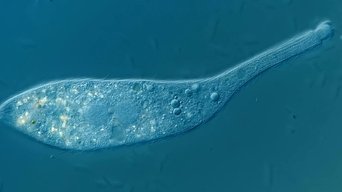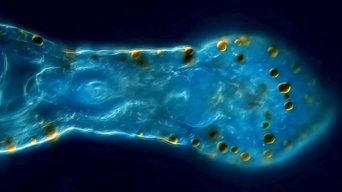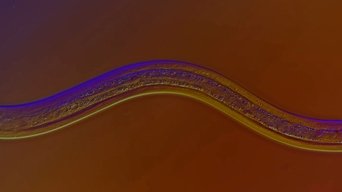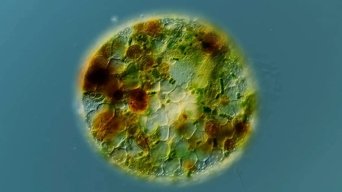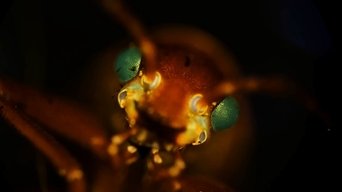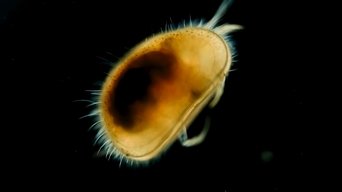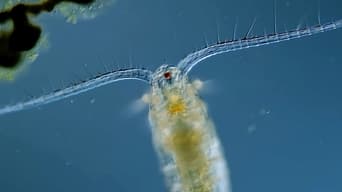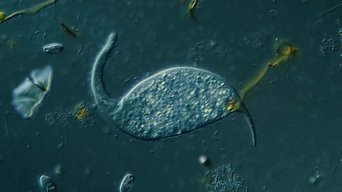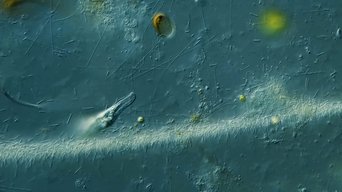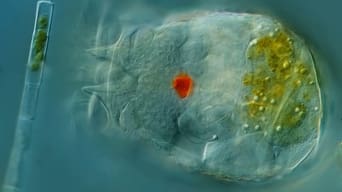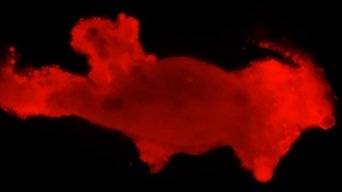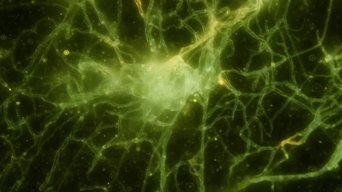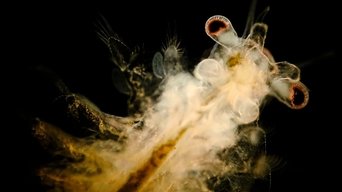Journey to the Microcosmos Season 5

Take a dive into the tiny, unseen world that surrounds us! With music by Andrew Huang, footage from James Weiss, and narration by Hank Green, we want to take you on a fascinating, reflective journey through the microcosmos.
Watch NowWith 30 Day Free Trial!
Journey to the Microcosmos
2019
Take a dive into the tiny, unseen world that surrounds us! With music by Andrew Huang, footage from James Weiss, and narration by Hank Green, we want to take you on a fascinating, reflective journey through the microcosmos.
Watch Trailer
Journey to the Microcosmos Season 5 Full Episode Guide
The family Spathidiidae is made up of around 20 genera, which encompass around 250 known species. And there’s a lot of variety in the Spathidiid family to sort through.
If you know about the species Lacrymaria olor, then you know what you’re getting when you see it under a microscope. It has a distinct shape, a distinct way of life—the combination of its own genetics and its surrounding environment.
Worms, despite their seemingly simple bodies, are a diverse bunch. Which is why we thought that for today, it might be fun to visit with a less famous worm, and like one of those relatives you don’t know very much about, but every time you see them, there’s a new, strange story to unpack.
When it comes to the muses of the animal kingdom, the nematode seems like an unlikely well of inspiration, but over the past century, they’ve become one nonetheless.
We often focus on the organisms, but what about the even smaller world inside of them?
While our journeys are often enjoyed at a slow pace, when we go just a little bit slower and look a little bit deeper there’s always something new to find.
Scientists have observed some copepods eating over 300,000 diatoms in a single day!
When we look at bacteria under a microscope, they appear to be tumbling around chaotically, but over the centuries we realized that their pathways have a purpose.
Arugulus sure know how to get under a fish's skin, literally. Fish will actually throw themselves out of the water to get an Aruglus off of their side.
Rotifers don’t really get a lot of love when it comes to microscopic animals. At least as far as the public imagination goes, the rotifer is overshadowed by its fellow metazoan of the microcosmos: the tardigrade. And we might be part of the problem.
There are only a few groups of bacteria that do this kind of gliding, but they’re found across a plethora of environments, including ponds, soil, and, surprise, in our own mouths.
“But wait!” you might be saying to yourself. “How can an organism be photosynthetic and so afraid of oxygen? Doesn’t photosynthesis create oxygen?” And yes, you would be correct—most of the time...
It's time to dive into our collection of spores, molds, and fungus!
Free Trial Channels
Seasons


